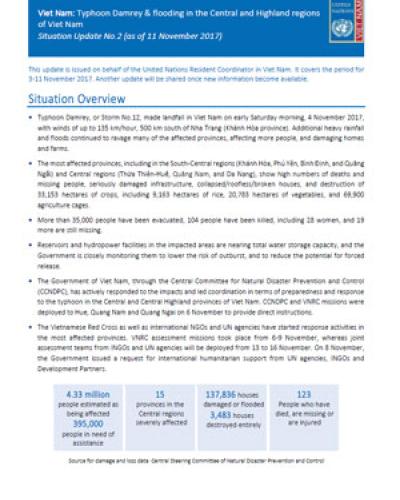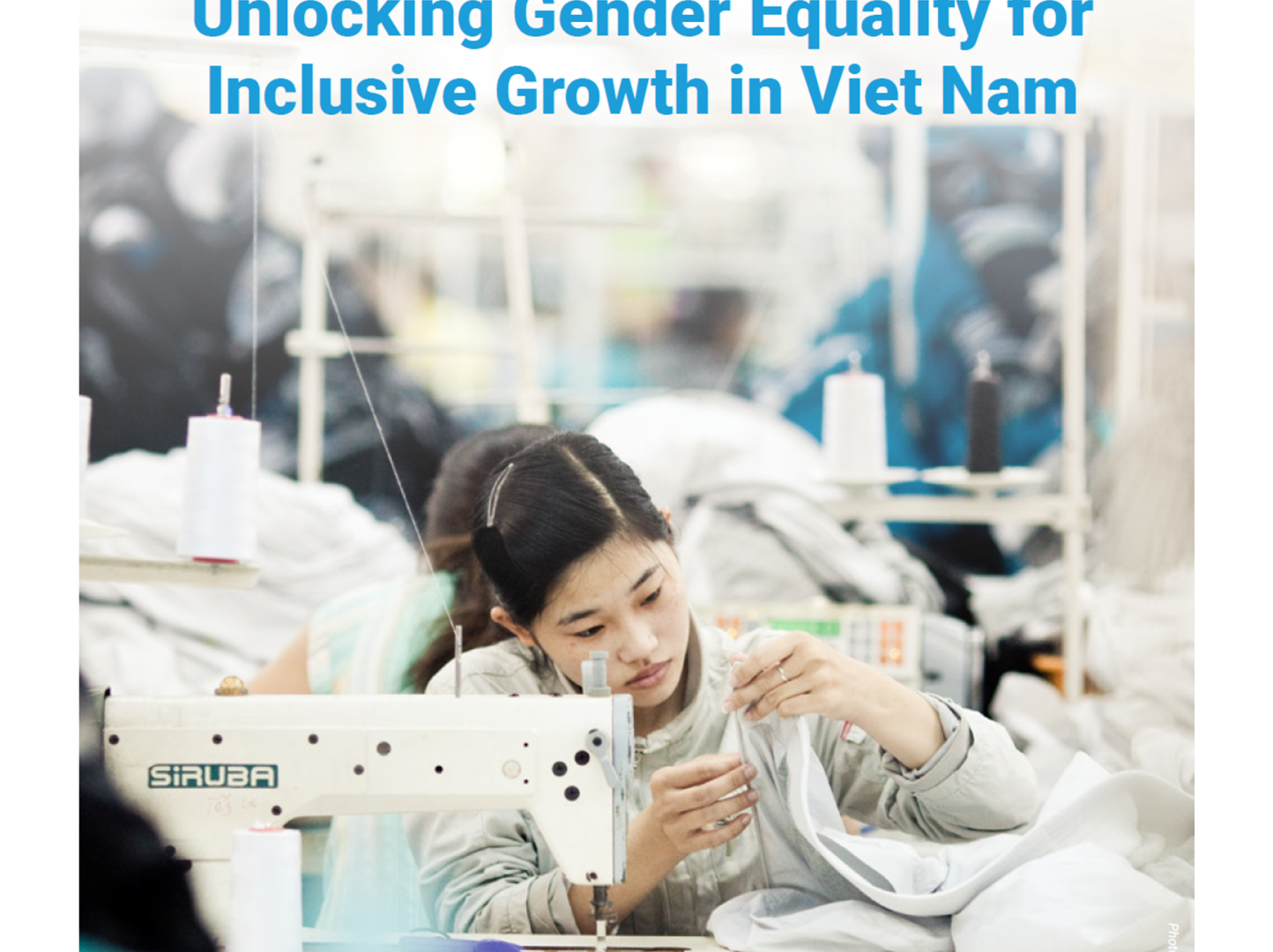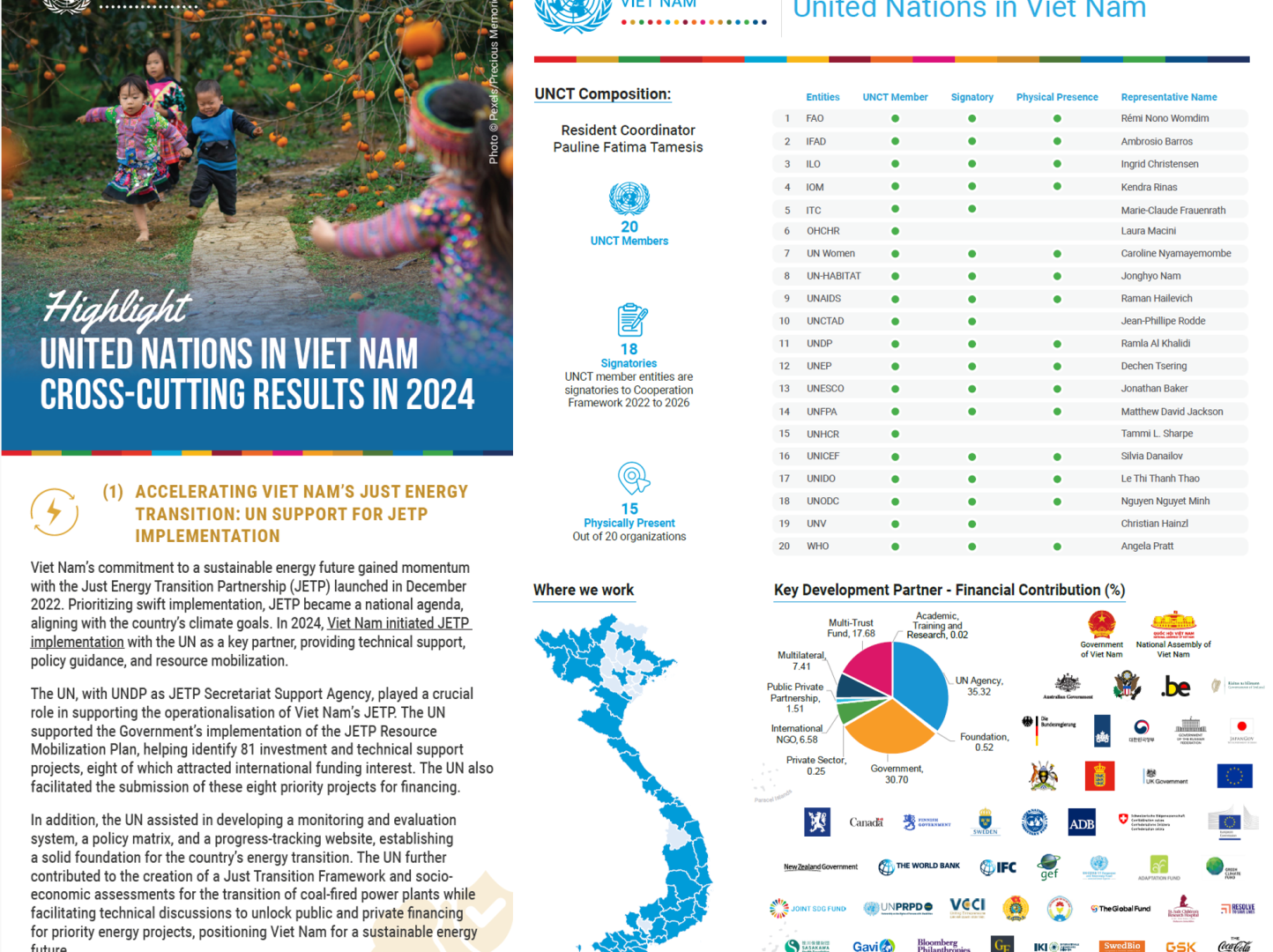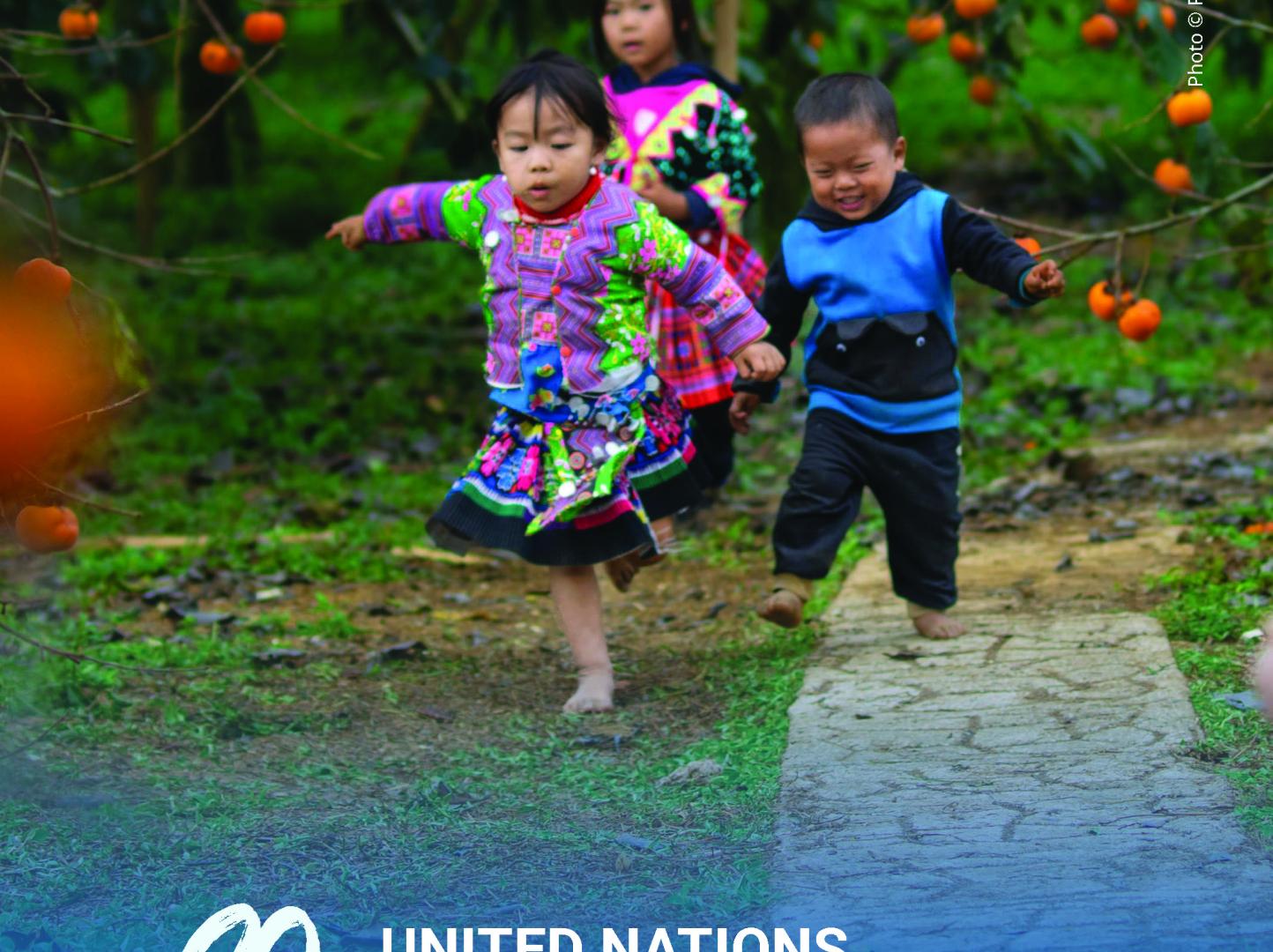Publication
Viet Nam: Typhoon Damrey & flooding in the Central and Highland regions Situation Update No.2 (as of 11 November 2017)
13 November 2017

This update is issued on behalf of the United Nations Resident Coordinator in Viet Nam. It covers the period for 3-11 November 2017. Another update will be shared once new information become available.
Situation Overview
- Typhoon Damrey, or Storm No.12, made landfall in Viet Nam on early Saturday morning, 4 November 2017, with winds of up to 135 km/hour, 500 km south of Nha Trang (Khánh Hòa province). Additional heavy rainfall and floods continued to ravage many of the affected provinces, affecting more people, and damaging homes and farms.
- The most affected provinces, including in the South-Central regions (Khánh Hòa, Phú Yên, Bình Ðịnh, and Quảng Ngãi) and Central regions (Thừa Thiên-Huế, Quảng Nam, and Da Nang), show high numbers of deaths and missing people, seriously damaged infrastructure, collapsed/roofless/broken houses, and destruction of 33,153 hectares of crops, including 9,163 hectares of rice, 20,783 hectares of vegetables, and 69,900 agriculture cages.
- More than 35,000 people have been evacuated, 104 people have been killed, including 28 women, and 19 more are still missing.
- Reservoirs and hydropower facilities in the impacted areas are nearing total water storage capacity, and the Government is closely monitoring them to lower the risk of outburst, and to reduce the potential for forced
- release.
- The Government of Viet Nam, through the Central Committee for Natural Disaster Prevention and Control (CCNDPC), has actively responded to the impacts and led coordination in terms of preparedness and response to the typhoon in the Central and Central Highland provinces of Viet Nam. CCNDPC and VNRC missions were deployed to Hue, Quang Nam and Quang Ngai on 6 November to provide direct instructions.
- The Vietnamese Red Cross as well as international NGOs and UN agencies have started response activities in the most affected provinces. VNRC assessment missions took place from 6-9 November, whereas joint assessment teams from INGOs and UN agencies will be deployed from 13 to 16 November. On 8 November, the Government issued a request for international humanitarian support from UN agencies, INGOs and Development Partners.
Published by
UN ESCAP








